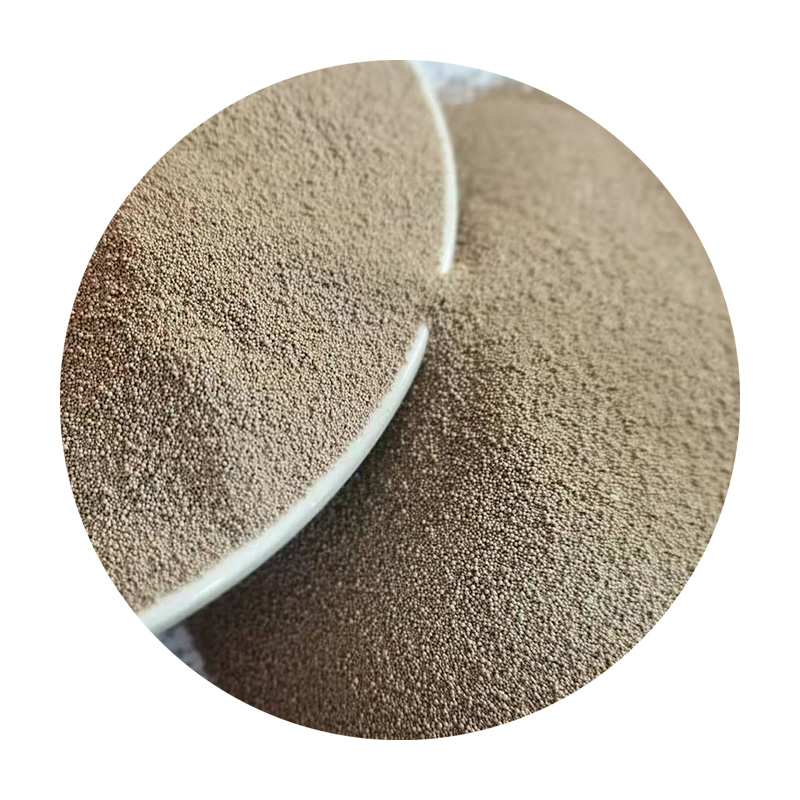Can You Sand Resin? A Comprehensive Guide
Resin has become an immensely popular medium among artists, hobbyists, and craftsmen for its versatility, durability, and aesthetic appeal. Whether you're creating stunning jewelry, unique pieces of art, or functional items like coasters and tabletops, resin is a favorite choice. However, many users often wonder about the finishing process after their resin piece has cured. One common question that arises is, Can you sand resin? The short answer is yes, but there are specific considerations and techniques to keep in mind.
Understanding Resin and Its Properties
Before diving into the sanding process, it's vital to understand the types of resin you're working with. Epoxy resin, polyester resin, and polyurethane resin are the most common varieties. Each has slightly different properties, but generally, cured resin becomes a hard and durable material. This hardness allows it to be sanded down to achieve a smooth finish or to correct any imperfections.
When to Sand Resin
Sanding is typically done after the resin has fully cured. The curing time can vary depending on the type of resin and environmental conditions, but it generally takes between 24 to 72 hours. It’s crucial to ensure that the piece is completely hardened before starting the sanding process. Attempting to sand uncured resin can lead to gummy patches and a ruined piece.
Tools and Materials Needed
To sand resin effectively, you will need the right tools and materials. Here’s a basic list
1. Sandpaper Start with a coarse grit (around 80-120) to remove larger imperfections, then progressively move to finer grits (up to 2000 or more) for a smooth finish.
2. Sanding Block or Sponge These can help maintain a flat surface and avoid finger imprints.
can you sand resin

3. Water (optional) Wet sanding can help minimize dust and reduce scratches, resulting in a smoother finish.
4. Safety Gear Always wear a mask and goggles to protect yourself from dust and debris.
Sanding Process
1. Prepare Your Workspace Ensure that your workspace is well-ventilated, and lay down a protective covering to catch dust.
2. Start with Coarse Grit Sandpaper Begin sanding with a coarse grit paper. Focus on any parts that have bubbles, uneven surfaces, or drips. Sand gently; the goal is to remove material without damaging the surrounding areas.
3. Move to Finer Grits After the initial sanding, switch to a finer grit sandpaper. This will help smooth out the surface and prepare it for polishing. Continue this process until you reach the desired smoothness.
4. Wet Sanding (Optional) If you choose to wet sand, periodically dip the sandpaper in water to keep it moist. This technique can significantly reduce fine dust and provides a smoother finish.
5. Polishing After achieving the final grit you desire, consider polishing the surface with a resin polishing compound or a buffing wheel to achieve a glossy finish.
Final Thoughts
Sanding resin is a manageable process that can greatly enhance the final appearance of your projects. While it may seem intimidating at first, with the right tools and techniques, anyone can achieve professional-looking results. Always remember to work carefully, as sanding removes material. With practice, you can master the art of sanding resin and elevate your crafting skills to new heights. Happy crafting!
Post time:des . 31, 2024 03:31
Next:lost foam casting applications
